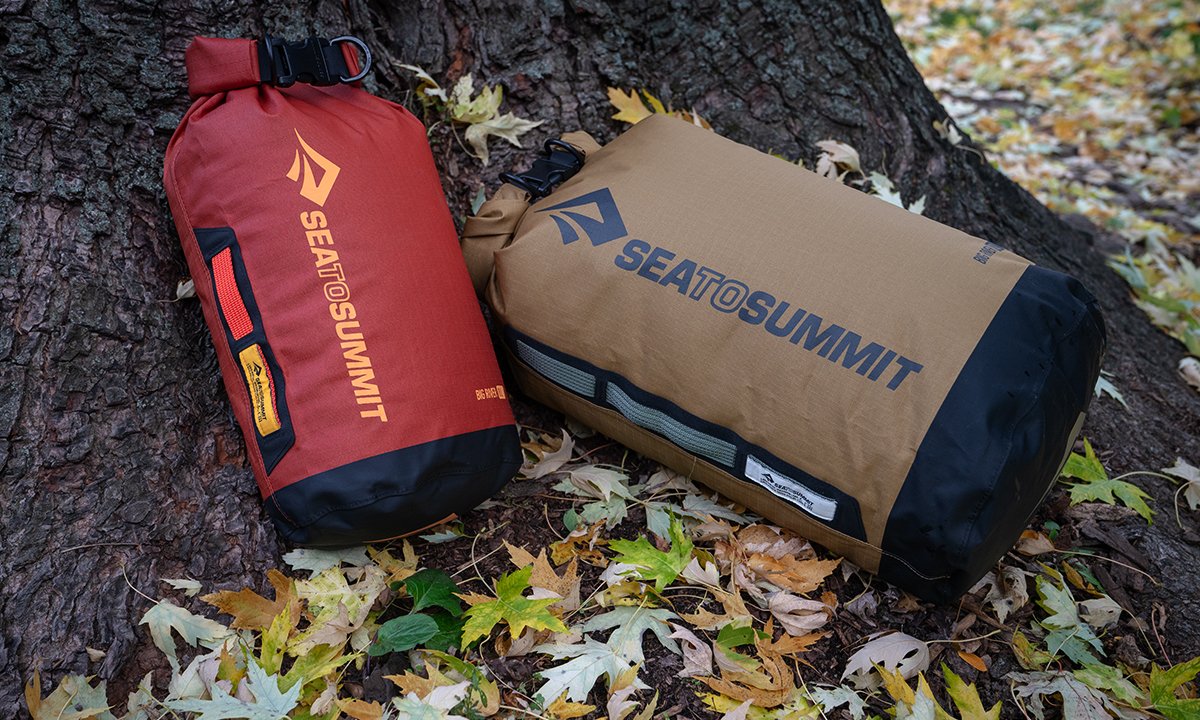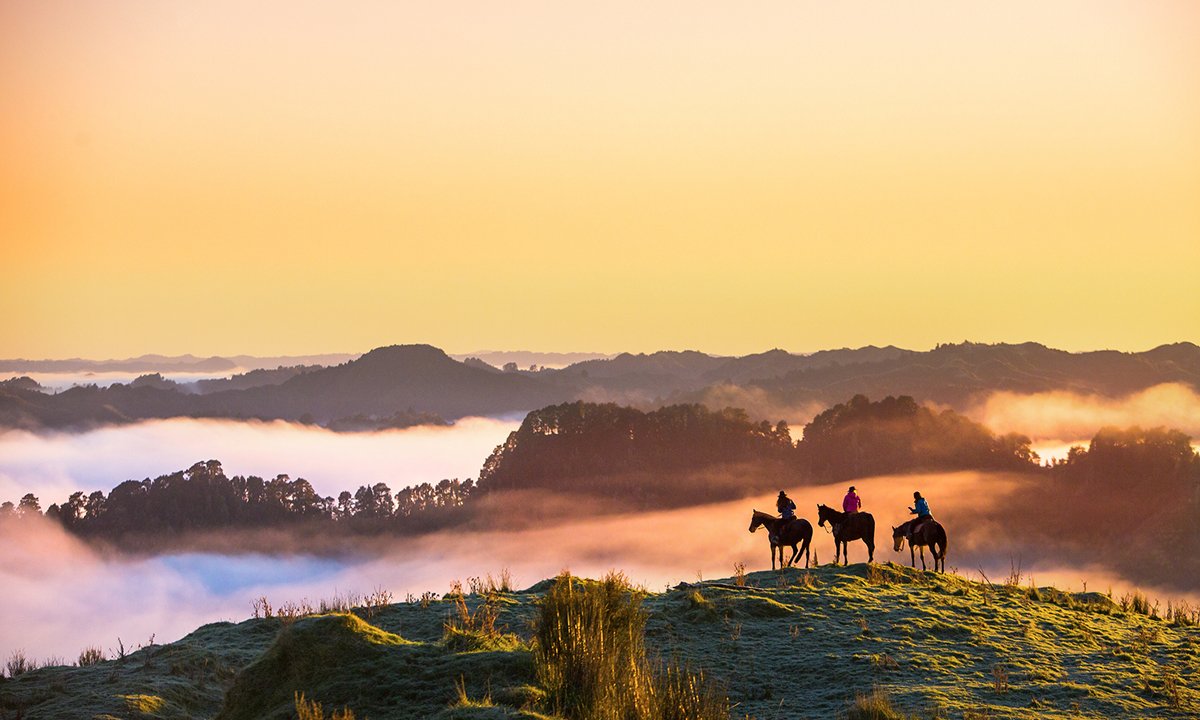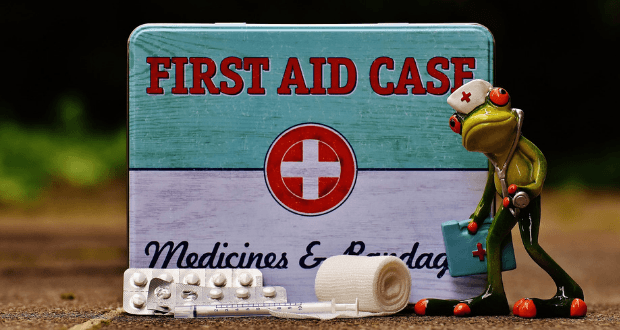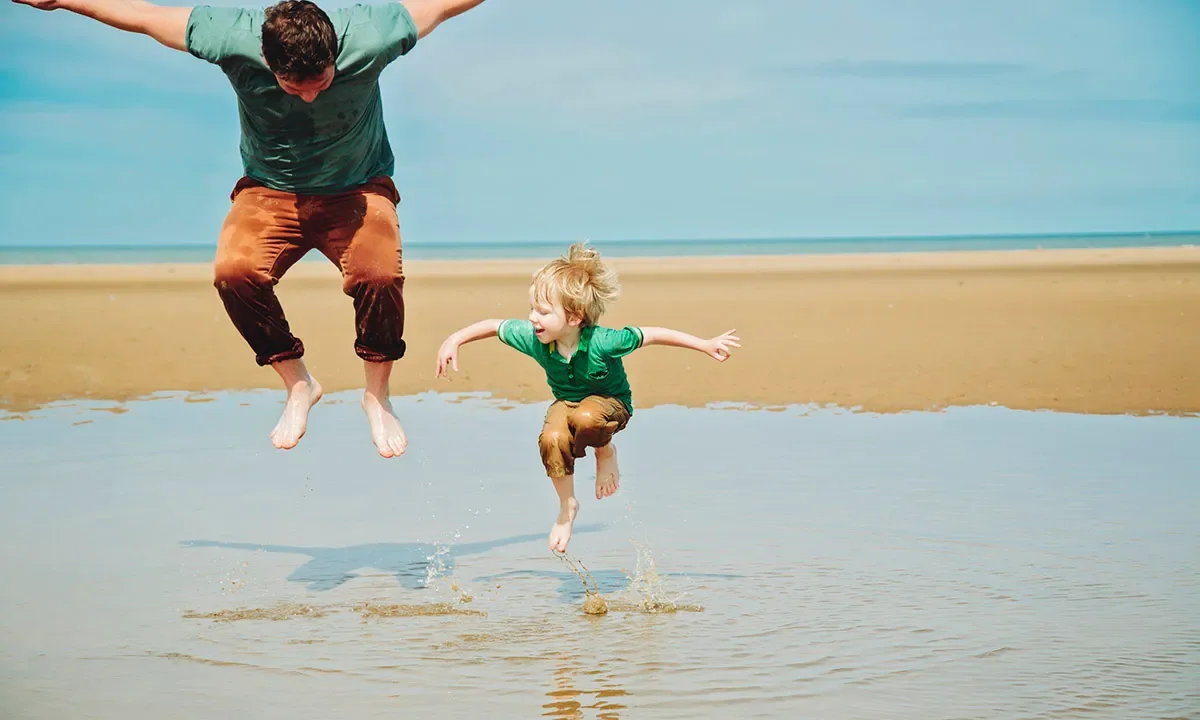Flash floods are so-called because they can happen literally in minutes, both out in the wild and also in urban environments. Causes include heavy rain, natural phenomena like earthquakes or from the build-up of water in lakes and rivers, which then overflow. They happen frequently and they kill regularly, so it’s good to know how to deal with one.
Videos by Outdoors
The biggest flood risk: rivers
Rivers—even those that are normally dry—are the hub of most flash floods. Small rivers in non-extreme environments can even be prone to sudden and dangerous flooding.
“There’s a river in Brecon where we do the Bear Grylls Survival Academy course called the Lightning River: one minute it’s safe to cross, the next minute it’s white,” says Bear in How To Stay Alive.
You don’t need rain where you are to have a flash flood occur; heavy rain 50 miles away or even snowfall can cause a flood hours later and catch people unawares.

To assess a river for its propensity to flood, first look at the banks. If the river is only waist-deep but the river banks are 10- or 14-feet high, nature is giving a sign that the water level used to be much higher. You can also look at the plains around the river to see where previous flooding has occurred.
Don’t camp too close to a river’s edge, as you can never really predict a flash flood. Also take note what the weather conditions have been like in previous days: If there is snow up in the hills at the river’s source, this can lead to a flash flood days later.
In a dry river bed or a canyon, there’s still a risk, as a sudden release of water can travel fast along hard-baked earth. Always keep an eye out for emergency escape routes, and be wary if you are in a slot canyon, where there is no escape for the water or yourself.
What to do on foot in a flood
As you make your way to higher ground, try to avoid crossing flood waters.
“They move fast and are always much more powerful than you might imagine,” says Bear. “Even in knee-deep water, you run a high risk of being swept away.”
Flood water can also contain lots of debris—everything from trees to cars and boulders—and many can be hidden below the surface, so you won’t see them before they hit you.
If you have to cross a road that is flooded, probe the ground ahead with a long stick so you can check for any hidden deep patches. Also be wary of power lines that are down. Your priority should always be to get to higher ground.

What to do in a vehicle in a flood
Don’t try to drive through water if it is higher than your exhaust pipe, as this will flood the engine. The powerful force of flood currents can also sweep a car away. If you find yourself in this situation, you need to be prepared to escape a flooding vehicle.
If the vehicle becomes fully submerged, the difference in pressure between the outside and inside will make it nearly impossible to open a door—until the interior of the vehicle is completely filled with water (which is not something to wait for). You will need to prepare an escape route before that happens. First, open all the windows and unlock the doors, while there’s still engine or battery power. If there’s a sunroof, open it. Undo your seatbelt, which can easily jam if the vehicle is knocked around.
“It’s a good idea to keep a pocket knife in your glove compartment to cut through the seat belt in the event that it jams and you can’t release it,” says Bear.

If the electric windows can’t be opened, smash them. The windscreen is too tough, so kick out the side windows.
“You can buy special tools to break the side windows quickly, which can be worth keeping in the car, but they won’t work underwater,” says Bear. “I have used the pointed end of the headrest before to do this, in a car that was sinking fast!”
If there are children in the car, get them out first, even if you have to grab them from the back seat and maneuver them out of the front window.
Don’t drink the water
In rural or wilderness environments, you need to follow all the rules for purifying water before you drink it. “There’s a high likelihood of animal corpses rotting upstream,” says Bear.
When floods happen in cities and urban environments, flood water can get into the sewers, causing them to overflow and their contents to spread. This means that surface water, groundwater and water distribution systems can become infected with all kinds of water-borne pathogens, plus fuel and other toxins.
“Don’t drink water unless you’re very sure it’s safe,” says Bear. Boil water if you can and use other methods of purification.
More from Bear Grylls:
- How to Make a Toothbrush in the Wild
- How to Build Shelter in a Forest
- What to do If You’re Bitten by a Snake
- How to Navigate Without a Compass
- How to Deal with Injuries in Survival Situations
- How to Find Water in the Mountains
- Priorities of Survival
- How Bear Grylls Lights a Fire
- How Bear Extinguishes a Fire
- How Bear Grylls Finds Food in the Jungle
- How to Escape Quicksand









